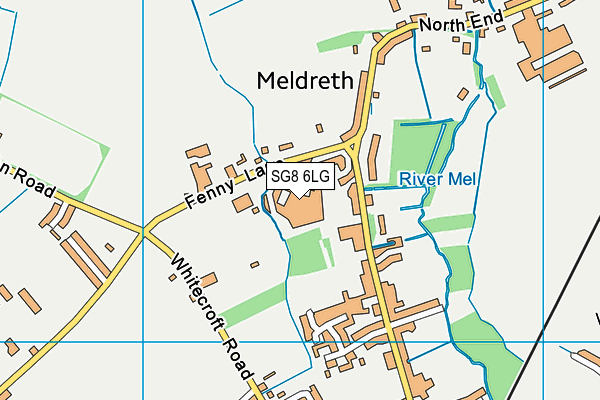- Losing a favorite toy
- Bedtime struggles
- Imaginary friends
- Fear of the dark
Air Powered Rockets
Another fun DIY project is an air-powered rocket. A lightweight homemade rocket can fly a good distance fueled by only compressed air. One of the easiest ways to create compressed air is by stomping with your foot on an empty container, like a plastic bottle.
Make Amazing Mistakes
If you’re lucky, your first attempt at a rocket launch will fail. The rocket will tip over, the fuel will leak, or any number of possible problems will arise. The process of troubleshooting these problems will deepen your understanding of rocket science and build your independent learning skills.
Don't forget to take some video and bring this and your rocket and launcher into school for a performance.



